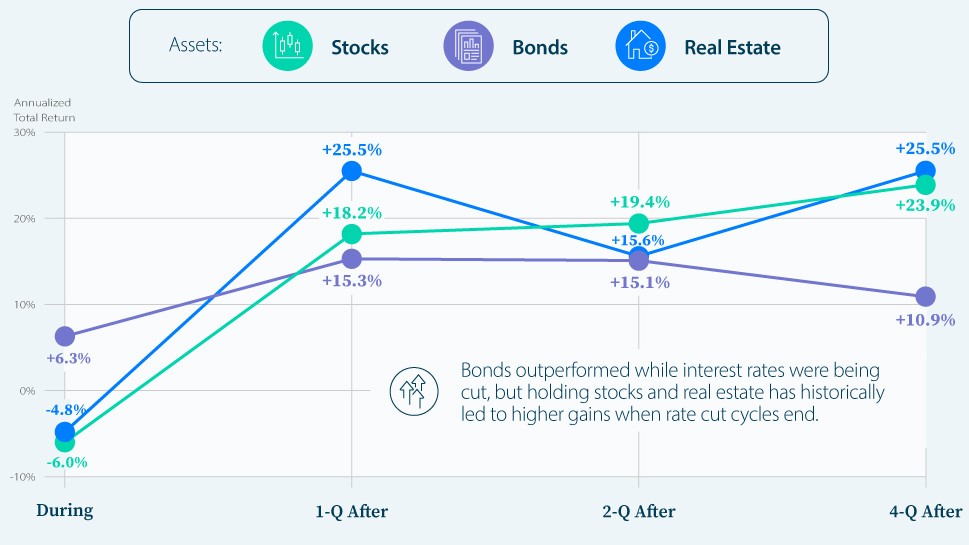The highly-anticipated interest rate cut seems finally upon us, as markets now price in a 71% chance of 25 basis points (BPS) cut on the September 18 meeting, but whether it is good news for the stock market remains a point of debate.
After the August ISM Manufacturing PMI data, Initial Jobless Claims data, and August Jobs Report, the Federal Reserve will weigh whether to deliver a first interest rate cut in over four years since FED cut the rates to adjust to an economic impact of COVID-19.
Government officials’ indications in the past weeks have pointed toward an interest rate cut, which would decrease the interest rate from 5.38% to 5.13% at least.
Recent volatility might signal a possible danger
Considering that the previous July jobs report sent the volatility indicator (VIX) towards the 65 reading at one point on August 5 and caused a significant dip in the stock market that erased billions, I think that there is a reason to be careful with the upcoming interest rate cuts due to the present volatility, which could be demonstrated yet once again in case of unsatisfactory employment data.
However, this time, with lower interest rates bets such as those on artificial intelligence (AI), the Japanese yen could lose even more value in hours than at the beginning of August.
While many think that higher interest rates have stifled economic growth, many corporations have benefited from steady income streams due to their large cash piles and bond investments, which have raked in significant profit from interest payments.
That profit will be significantly impacted, as Kaixian Tan, an analyst at Gavekal Research, highlighted in an Fortune interview on August 31.
“Rate cuts will squeeze corporates’ interest income, and therefore their profits; this will disproportionately hit big companies sitting on large cash mountains and may lead to their relative underperformance,” said Tan.
However, interest rate cuts are there for a reason
The primary goal of interest rate cuts is to stabilize prices, which are currently inappropriately elevated in multiple sectors, and bolster economic growth, which, although present, is focused in a few sectors.
Other sectors remain relatively underperforming, and both of these issues need to be addressed as soon as possible through interest rate cuts.
Notably, the stock market has shown strong performance on average post-interest rate cuts since 1970, showcasing an 18% gain one year after the initial rate cut.

Other assets that have performed in one year have been bonds and real estate, which have led to elevated gains during and at the end of the rate-cut cycle.
One thing is sure: the conditions for an interest rate cut have been met, and now the Federal Reserve’s chairman Jerome Powell is weighing whether a 25, 50, or even 100 BPS cut by the end of 2024 is enough.
However, the previous experience teaches us that the Federal Reserve likes to take it slow, which means that a 25 BPS cut is most likely, and then, according to the data from employment and other measures used in inflation, will dictate whether and by how much will Fed cut rates further.







